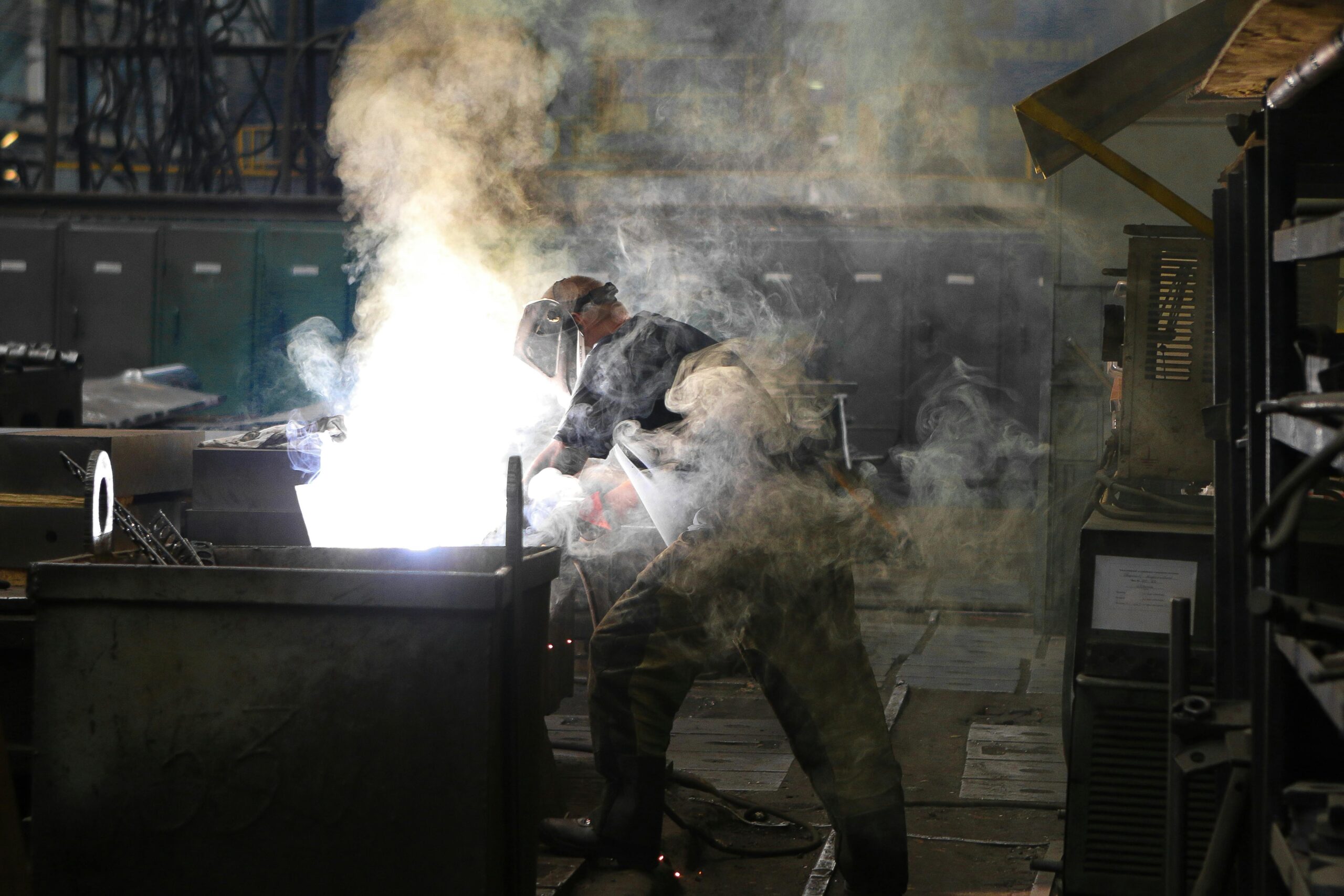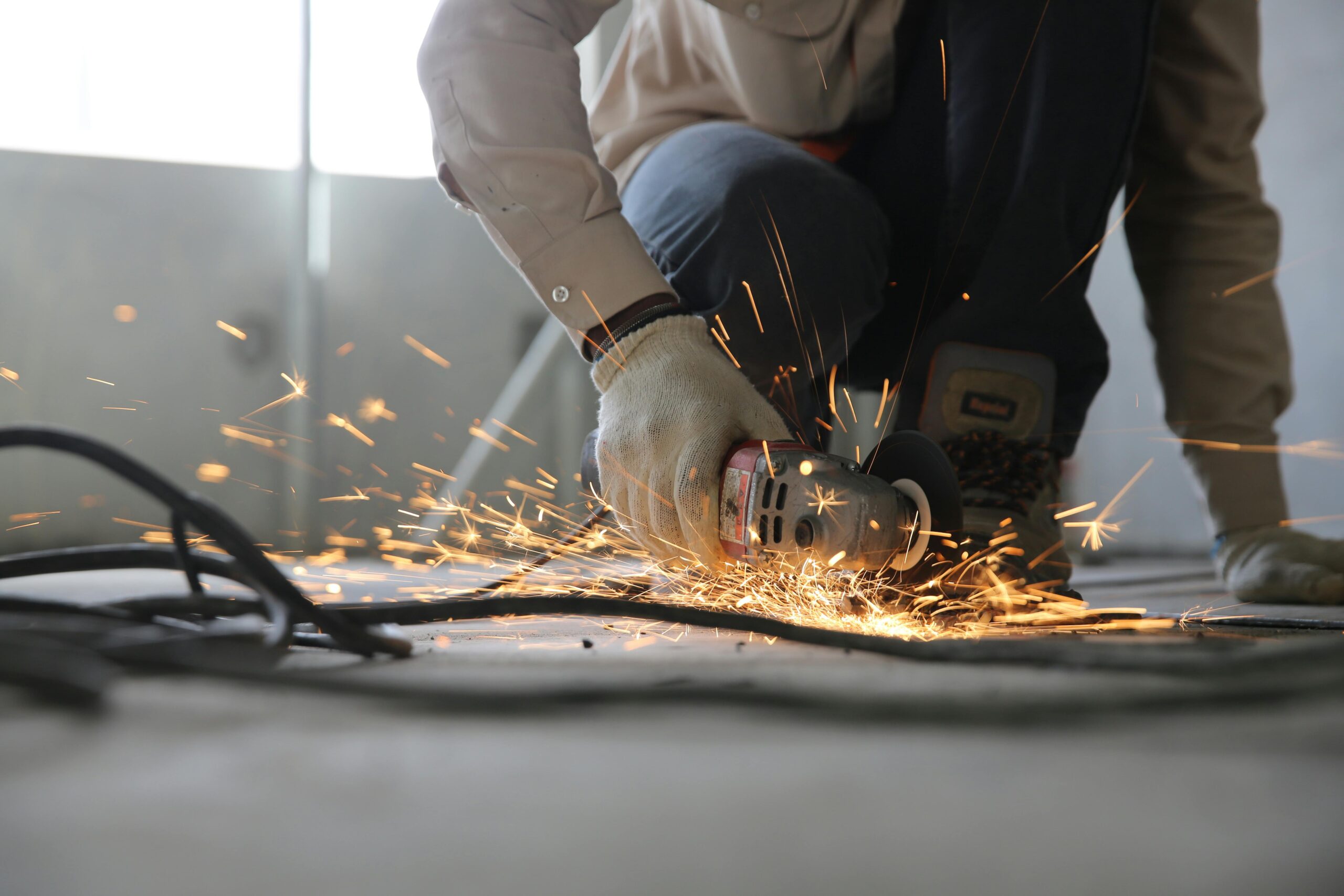Impact of presidential election on manufacturing and construction
All industries are affected by regulations, market conditions, and economic policy. However, manufacturing and construction, perhaps more than others, are significantly impacted by decision-makers in the U.S. government.
The 2024 presidential election has been the most unpredictable cycle in memory. It’s been a roller coaster of disastrous debates, dropping-out candidates, boosts in enthusiasm (on both sides), and tragic assassination attempts.
It’s uncertain whether it’s the most important election of all time (as is said about every election). When everything is settled, the country will move forward; regardless of policy, the manufacturing and construction industries will be what they always have been: resilient.
Despite this resiliency, many are waiting for the election. Once things settle, they can plan accordingly and prepare for the future.
No one knows how a Harris or second Trump presidency will impact construction or manufacturing, but we can look at their stated goals and political histories to make educated guesses ….
Election 2024: The potential impact on manufacturing
How would a Harris term impact manufacturing?
In many ways, a Harris presidency would be a continuation of the policies implemented by President Joe Biden, which have attempted, with mixed results, to revitalize American manufacturing. Most agree that she would continue the policies and programs in the Inflation Reduction Act, which is largely credited with propelling a new wave of clean-energy manufacturing activity.
According to Manufacturing Drive, 340 large-scale clean-energy projects have been announced since August 2022, and 111,578 new jobs are expected from all clean-energy projects that can be connected to the act.
But Harris is not a political clone of Joe Biden. Capstone, a corporate research and strategy firm, says that Harris took a hard stance against companies that aren’t necessarily EPA friendly in her previous roles before becoming vice president. She may, they theorize, impose even stricter actions against fossil fuel production, a move that would impact all sectors, including manufacturing. Capstone also notes that Harris opposed two free-trade deals that were supported by Biden. She opposed the deals because she felt they did not have sufficient environmental and worker protection. She was one of only ten senators to oppose the US-Mexico-Canada Agreement (USMCA), which is up for review in 2026. If she wins the presidency, her concern for environmental issues and labor could make further trade agreements and manufacturing difficult.
Overall, it appears a Harris term would prioritize clean energy projects and deemphasize traditional energy. Trade agreements, which are important to the manufacturing sector, could be more difficult, but wind and solar companies, and manufacturers who leverage this technology, could expect more taxpayer support. So the manufacturing sector, when it comes to solar, wind, and other renewable energies, could see a boost.
In addition, Vice President Harris is gaining support with unions, that drive manufacturing. The United Auto Workers Union (UAW) has not officially endorsed Harris, but their members seem to indicate their preference for how a Harris administration may handle workers rights.
How would a second Trump term impact manufacturing?

Former President Trump often emphasizes two goals: a renewal of U.S. manufacturing (which both candidates support, just under different terms) and a hardline stance against the Chinese Community Party.
Trade restrictions are a major talking point for Trump. The exact impact of these policies is still debated, but overall, we know Trump would prioritize fossil fuels and traditional energy sources, such as oil and gas. His first term was known for deregulating oil and fossil fuels, and he would likely continue these trends. Americans would likely see more oil, gas, and coal production, which could reduce prices and create greater affordability for manufacturers. Deregulation could also impact other sectors, such as banking.
By the same token, he may not be as friendly to solar, wind, and other renewable energy manufacturing, which have enjoyed support over the past four years under the Biden administration.
The main uncertainty for Trump and manufacturing orbits around tariffs. He’s been clear that he sees tariffs as a way to protect American production and combat the Chinese economy, but these tariffs could limit American manufacturing by closing one of the biggest markets on the planet. Tariffs, most economists fear, could worsen our economy quickly as noted in this Associated Press article. This economic instability could also increase inflation.
Election 2024: The potential impact on construction
The United States is seeing some of the most expensive housing prices on record. Even adjusting for inflation, housing is more costly than ever, largely because supply is low. Both candidates have a plan to address this issue, mostly by increasing the amount of available places to live.
Again, the two candidates have shared goals but diverge in ways to accomplish these ends.
How would a Harris term impact construction?
 Vice President Harris has laid out a general plan for creating affordable housing, which largely centers around increasing the availability of new homes and attempting to control pricing. Mainly, she has proposed a plan that would build three million new homes, including for-sale properties and rentals. This ambitious proposal centers around cutting red tape and overregulation, which could lead to quicker and cheaper homes.
Vice President Harris has laid out a general plan for creating affordable housing, which largely centers around increasing the availability of new homes and attempting to control pricing. Mainly, she has proposed a plan that would build three million new homes, including for-sale properties and rentals. This ambitious proposal centers around cutting red tape and overregulation, which could lead to quicker and cheaper homes.
Harris has included various measures that would, in theory, help more Americans with affordability. For example, she says she would provide $25,000 in home ownership down payment assistance, which could help struggling Americans overcome one of the most significant barriers to home buying. She would also like to remove tax benefits for large property investors who purchase multiple single-family homes and implement tax incentives for companies that build single-family homes.
All of these proposals could increase the overall demand for housing and potentially launch a surge in construction. One challenge, however, is the cost of materials, which continues to be a burden.
According to Construction Drive, Vice President Harris has earned the endorsement of the AFL-CIO, International Brotherhood of Electrical Workers, United Brotherhood of Carpenters and Joiners of America, and North America’s Building Trades Unions.
How would a second Trump term impact construction?
Like Harris, Trump has proposed removing regulatory barriers to new houses. Zoning regulations, cost of permits, and building codes all inhibit construction; Trump has proposed the removal or reduction of these barriers.
One area of concern is the potential for a tariff war if Trump wins a second term. Renewing trade and tariff negotiations may increase the cost of construction materials, which would make housing less affordable and limit new projects. This could, as a result, stifle construction growth. However, if he can boost domestic manufacturing, the cost of a trade dispute could be offset.
With a variety of proposed changes, Donald Trump has gained the endorsement of the Associated Builders and Contractors.
No matter what, construction could rise after U.S. election
Regardless of who is in the White House, the construction industry is poised for a significant increase. Interest rates were recently lowered, and it looks likely that trend will continue as the Federal Reserve indicated earlier this year. Pent-up demand for housing of all sizes, especially moderate single-family homes and low-income housing, is expected to continue to drive construction. Although headwinds remain for America’s supply chain and construction and manufacturing labor market, most people are optimistic about construction.
Once the polls are settled, both the manufacturing and construction industries can plan ahead, implement the necessary changes, and move forward. Regardless of the result, we expect great things from both sectors!
No matter who wins, we’re here for your industrial solutions
Don’t forget to vote on November 5, 2024 for your candidate of choice. And for all of your construction and manufacturing needs, we’re here. We have industrial supplies, compressed air systems and services, coating and finishing equipment, and assembly tools and services to help you no matter who’s in the White House. Work with us!

7 deadly sins of compressed air

Get your compressors ready after the holidays
